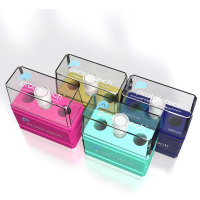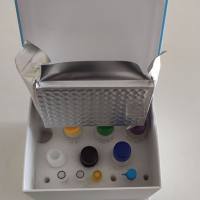Tracing the Route Taken by Peptides and Major Histocompatibility Complex Class I Molecules in Presentation of Exogenous Antigens
互联网
互联网
相关产品推荐

Recombinant-Drosophila-melanogaster-Tachykinin-like-peptides-receptor-99DTakr99DTachykinin-like peptides receptor 99D Alternative name(s): dTKR
¥13398

Mitochondrial complex Ⅴ试剂盒,用于样本中线粒体呼吸链复合体Ⅴ活性检测,Mitochondrial complex Ⅴ Activity Assay Kit
¥1798

HLA class I ABC 单克隆抗体 66013-1-Ig
¥1350

Human soluble adhesion molecules,Sam ELISA Kit
¥2890

Art v 1 兔多抗 | Artemisia vulgaris Major pollen allergen Art v 1 Antibody, Rabbit PAb, Antigen Affinity Purified
¥800
推荐阅读
Analysis of Major Histocompatibility Complex Class I Interactions with Endoplasmic Reticulum Proteins
Neural Network Method for Predicting Peptides that Bind Major Histocompatibility Complex Molecules
Use of Proteasome Inhibitors to Examine Processing of Antigens for Major Histocompatibility Complex Class I Presentation

